In recent years, loach has become one of the aquaculture species bringing high economic value in Quy Nhat town (Nghia Hung district, Nam Dinh province).
Through market research, not only stopping at raising, Mr. Nguyen Van Thinh, Director of Thinh Ca Company Limited, also sought to improve economic efficiency with the product of braised loach in a clay pot - a very simple dish with the flavor of the Vietnamese countryside.
Starting a business from loach
Arriving at Quy Nhat town, we easily found the eel farm of Mr. Nguyen Van Thinh's family, in ward 8.
Mr. Thinh said: “In town, the native loach fish has existed for a long time. Compared to traditional fish farming, raising freshwater loach fish is 2-3 times more economically efficient. Nowadays, thanks to e-commerce and social networks, the “reputation” of this fish has spread far and wide, so recently, many people here have taken advantage of the opportunity to get rich from raising freshwater loach fish.”
Talking with him, we learned that, born and raised in a land with a tradition of raising loach fish, from a young age Mr. Thinh knew the values of this fish species according to traditional folk experience.
After many years of market research, in 2013, taking advantage of available resources, he invested in digging ponds to raise loach fish.
Having gone through many ups and downs, hardships in the early years of raising loach, his family's farming area has now expanded to nearly 3 hectares of commercial production. All processes of producing commercial loach follow a closed chain that meets VietGAP standards.
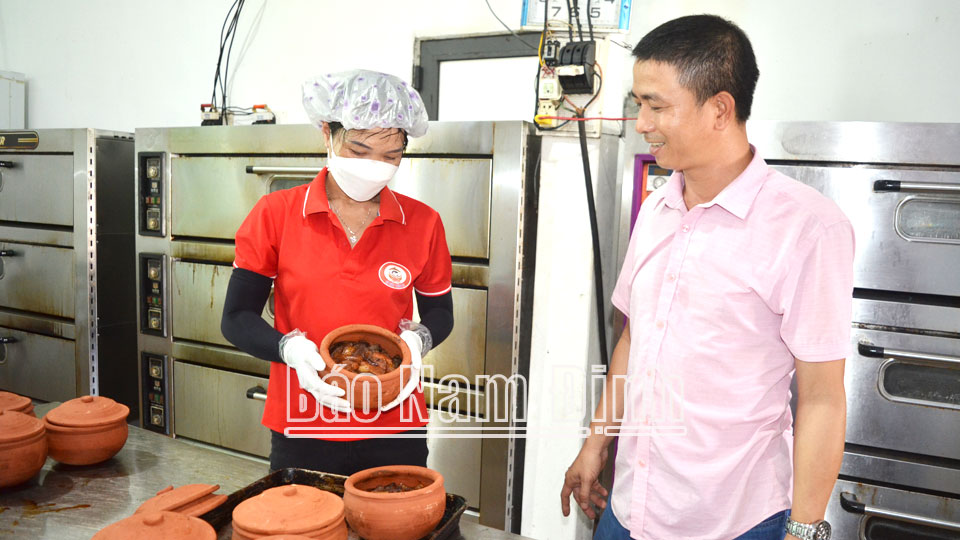
Checking the quality of braised loach in clay pot at the workshop of Mr. Nguyen Van Thinh's family, Ward 8, Quy Nhat town (Nghia Hung district, Nam Dinh province).
Mr. Thinh said: "The most difficult part of raising loach is the time to hatch the eggs, wash the fry and raise the fry to 3cm in size.
After reaching a body length of 3cm, the eel will live healthily and be easy to raise. Unlike the mud loach that usually lives in the mud, the eel has the habit of floating on the water surface to look for food, so it is quite convenient for taking care of, cleaning the pond and preventing diseases.
Due to the floating and gluttonous nature of the loach, the process of raising the loach is not too difficult, just pay attention to feeding on time. The fish have the habit of eating mainly at night, so feed them 1 to 2 times/day and mainly in the evening. The most important requirement in raising the loach is to ensure the environment, water source and water quality for the fish to develop stably.
The average time from raising fry to commercial fish takes from 4.5 to 5 months depending on the season. Loaches reaching a weight of 40-60 fish/kg can be sold. To ensure a stable water source and food quality for the loaches, Mr. Thinh created an automatic feeding trough.
Each pond has 2-3 automatic feeders. Loaches always have food when hungry and farmers can actively control the amount of excess food in the pond. With 3 hectares, raising 2 fish crops each year, his family produces about 5 million fish fry and 121.5 tons of commercial fish.
In addition, he also signed contracts to purchase loach products for more than 20 "satellite" households with a purchase volume of more than 300 tons. Annual revenue is nearly 10 billion VND.
On average, each month the family supplies restaurants and hotels with about 8-10 tons of commercial loach.
After many years of building a career and business, since 2018, Mr. Thinh has established Thinh Ca Company Limited to suit the scale of production and business and facilitate transaction activities.
Developing the chain from farm to table
Mr. Thinh confided: as the farming scale has expanded, he remembers the old days, when the country was still in difficulty. Every Tet, each family received a few kilos of loach from the cooperative, which had to be carefully cooked to preserve it for a long time, to be used as food throughout January while still retaining its original flavor.
At that time, loach was a wild fish, people caught it themselves and often braised it together. The main ingredients were big, delicious, firm loach, braised according to a traditional recipe with natural spices such as ginger, galangal, onion, chili, lemon juice, crab juice...
In particular, the fish is braised in a clay pot for 12 hours or more. The finished braised fish has a fragrant aroma of countryside products, mixed with the smell of straw smoke and dried fish. When eaten, the fish meat feels soft but firm without residue, soaked in fish sauce, salt and crab juice so it is sweet, the fish bones are soft like cartilage, rich, and the eater does not have to worry about choking on bones.
Remembering the old rustic dishes, Mr. Thinh and his wife discussed testing a new product, which is braised fish in a clay pot. Thinking is doing, and they were successful when the product was positively received by consumers. From the success of braised loach, they developed more products such as dried loach, grilled loach...
To have a delicious, attractive pot of braised fish with a unique flavor that conquers the taste of consumers, Mr. Thinh is very meticulous from the first step of choosing the fish to the process of preparing, processing, preserving and transporting.
The fish chosen for braising must be fresh, plump, and firm. The fish is cleaned of slime by rubbing it with rice husk ash, lemongrass leaves, and bamboo leaves; washed with lemon juice; next, the fish is washed, drained, and marinated with ginger, galangal, fish sauce, pepper, onion, sugar, garlic, chili, etc. for about 15 minutes until absorbed, then braised in an electric cabinet.
The fish is braised in Bat Trang clay pots. The cooking time is from 8 to 12 hours. To ensure that the fish is kept fresh and delicious, his family has invested in 4 electric cabinets, each cabinet can cook more than 30 clay pots/batch. Cooking in electric cabinets ensures even heat and adjusts the fire to the right size according to the right technique. On average, his family sells more than 3,000 pots of braised loach fish each month.
His family's braised loach fish products in clay pots have been consumed in many provinces and cities such as: Nam Dinh, Hai Duong, Hanoi, Lao Cai, Thai Binh , Quang Ninh...
Especially, during holidays, Tet, and events, many businesses and individuals order braised loach in clay pots from his family to put on the party menu to invite guests to enjoy or as gifts for relatives and friends.
Therefore, during the recent Tet holiday, his family sold more than 10,000 pots of braised fish. Currently, his clay pot braised fish workshop alone has created jobs for nearly 10 workers with an average income of 5-6 million VND/person/month.
His family's clay pot braised loach product has been recognized by the Nam Dinh Provincial People's Committee as a 3-star OCOP product. And Thinh Ca brand clay pot braised loach is gradually appearing more and more in the daily meals of many families in and outside the district, becoming a specialty added to the "treasure" of unique, popular traditional cuisine of Nghia Hung people.
Source



![[Photo] Closing ceremony of the 18th Congress of Hanoi Party Committee](https://vphoto.vietnam.vn/thumb/1200x675/vietnam/resource/IMAGE/2025/10/17/1760704850107_ndo_br_1-jpg.webp)


















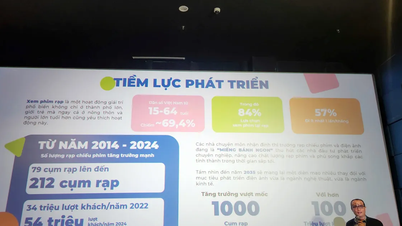













![[Photo] Nhan Dan Newspaper launches “Fatherland in the Heart: The Concert Film”](https://vphoto.vietnam.vn/thumb/1200x675/vietnam/resource/IMAGE/2025/10/16/1760622132545_thiet-ke-chua-co-ten-36-png.webp)






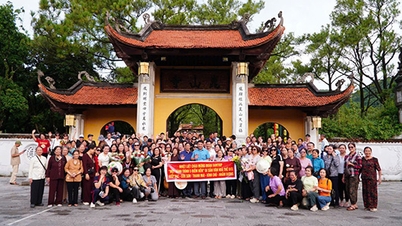



































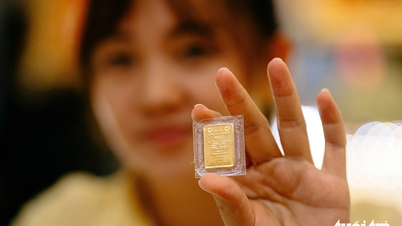
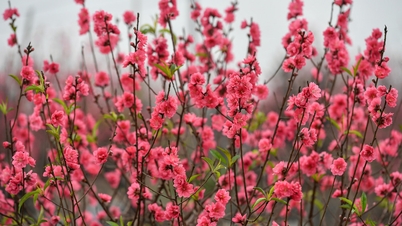







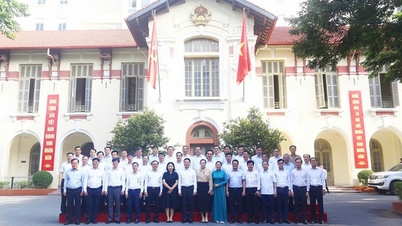



![[Photo series] The beauty of women in labor](https://vphoto.vietnam.vn/thumb/402x226/vietnam/resource/IMAGE/2025/10/18/1760739057545_1_20251017145220.jpeg)






















Comment (0)